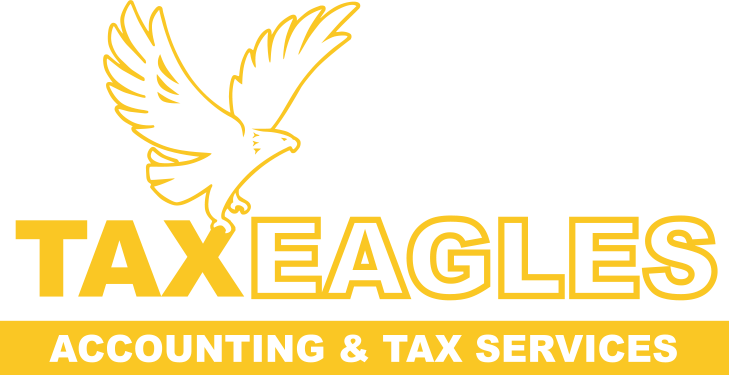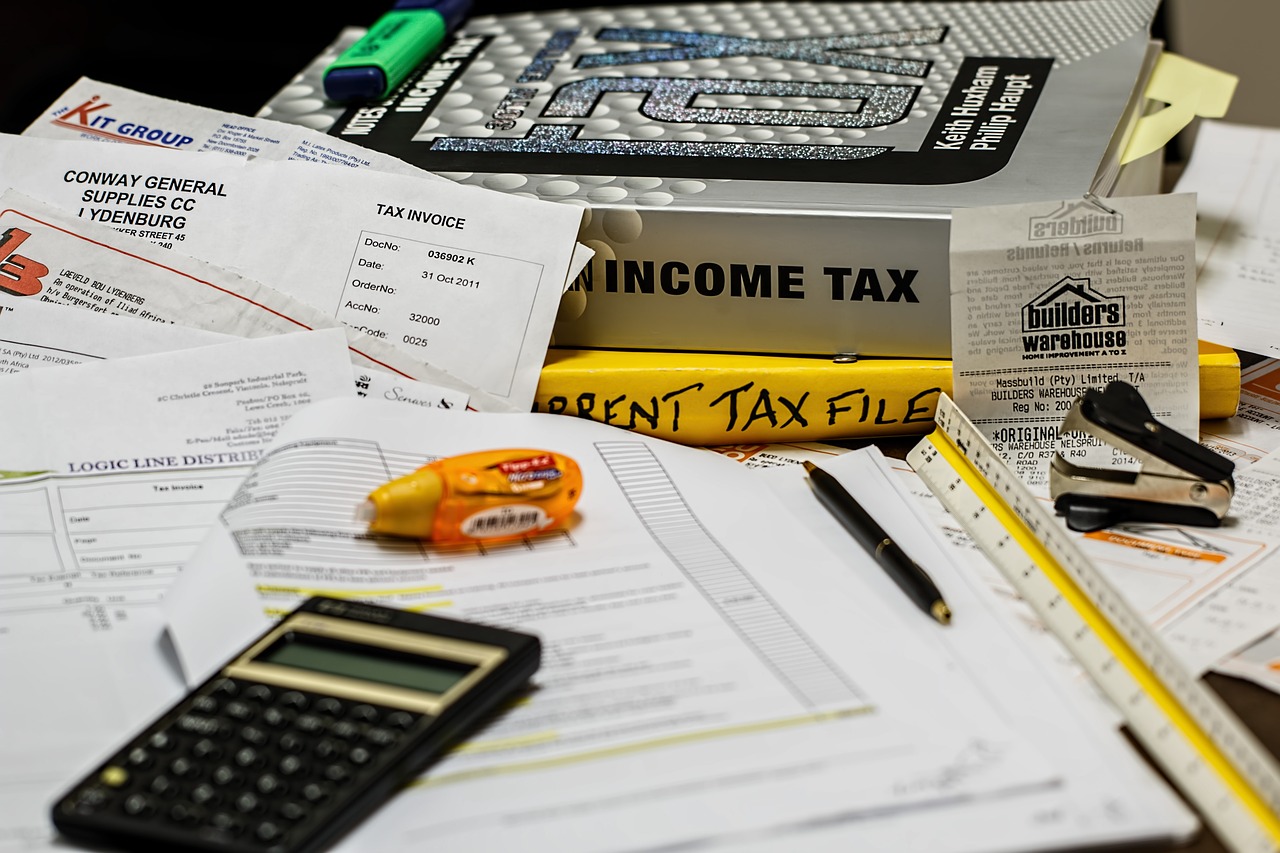Navigating the tax system in Canada can seem daunting, but understanding the essentials can make managing your finances and staying compliant much easier. Whether you’re a new resident, self-employed, or simply looking to optimize your tax returns, this guide covers everything you need to know about taxes in Canada.
1. Understanding the Canadian Tax System
Canada’s tax system is progressive, meaning that individuals who earn more pay a higher percentage of their income in taxes. The Canadian tax year runs from January 1 to December 31, and taxes are administered by the Canada Revenue Agency (CRA).
Taxes in Canada are collected at three levels:
- Federal taxes, imposed by the national government.
- Provincial/territorial taxes, levied by individual provinces and territories.
- Municipal taxes, typically on property, imposed by local governments.
2. Types of Taxes in Canada
- Income Tax: This is the most common tax. It applies to the income you earn from employment, business, investments, and other sources. Both federal and provincial/territorial governments tax your income, but tax rates vary across regions.
- Goods and Services Tax (GST) and Harmonized Sales Tax (HST): These are consumption taxes applied to most goods and services. The GST is set at 5%, while the HST, a combined federal and provincial tax, ranges from 13% to 15% depending on the province.
- Property Tax: Property owners pay this tax to their local municipality, and it’s based on the value of the property.
- Corporate Tax: If you operate a business, you’ll pay corporate income taxes on your profits. The corporate tax rate depends on your company’s structure and income, with rates varying between federal and provincial levels.
- Capital Gains Tax: This applies to the profit you make when selling an asset, such as real estate or stocks. In Canada, only 50% of capital gains are taxable.
3. Filing Income Tax in Canada
To file your income taxes, you’ll need to submit a T1 tax return to the CRA. The filing deadline for individuals is usually April 30 of the following year. However, if you’re self-employed, you have until June 15 to file, though any balance owing must still be paid by April 30.
Key documents you’ll need include:
- T4 slips from employers outlining your employment income.
- T5 slips for investment income.
- Receipts for eligible deductions and tax credits.
4. Tax Credits and Deductions
Canada offers several tax credits and deductions to reduce the amount of tax you owe. Some of the most common ones include:
- Basic Personal Amount: This is the amount of income you can earn without paying any federal income tax. For 2024, this amount is around $15,000.
- RRSP Contributions: Contributions to a Registered Retirement Savings Plan (RRSP) are tax-deductible, meaning they reduce your taxable income, lowering the taxes you owe.
- Tax-Free Savings Account (TFSA): While contributions to a TFSA aren’t tax-deductible, any income or gains earned within the account are tax-free.
- Childcare Expenses: If you have children, you can claim eligible childcare costs as a deduction.
- Medical Expenses: You can claim a tax credit for qualifying medical expenses that exceed a certain percentage of your income.
- Home Office Expenses: If you work from home, you may be able to claim certain home office expenses, particularly for those who are self-employed or employees required to work remotely.
5. Provincial Taxes in Canada
In addition to federal taxes, each province and territory has its own tax rates and credits. Some provinces, like Alberta, have lower tax rates, while others, such as Quebec, may have higher taxes but offer more generous social programs.
- Alberta: Known for its low personal income tax rate and no provincial sales tax.
- British Columbia: Applies provincial income tax with rates varying by income.
- Ontario: Adds the Ontario Health Premium to income tax, depending on your income level.
- Quebec: Has its own separate tax system, requiring residents to file both federal and provincial tax returns.
6. Tax for Newcomers to Canada
If you’re a new resident, understanding your tax obligations is crucial. Newcomers to Canada may be taxed on their global income but are also eligible for various credits and deductions. The CRA provides detailed guidelines on how to file as a new resident.
Key Steps for Newcomers:
- Register for a Social Insurance Number (SIN).
- Determine your residency status for tax purposes.
- Learn about your eligibility for benefits and credits, like the Canada Child Benefit (CCB) or GST/HST credit.
7. Consequences of Late Filing or Non-Payment
Filing your taxes late or failing to pay taxes can result in penalties and interest from the CRA. The penalty for late filing is 5% of your balance owing, plus 1% for each month your return is late (up to 12 months). Interest also accrues daily on any unpaid taxes.
To avoid penalties, it’s essential to file on time, even if you can’t pay the full amount. The CRA offers flexible payment arrangements to help you settle your balance.
8. Conclusion
Understanding and managing your taxes in Canada doesn’t have to be overwhelming. Whether you’re an individual, business owner, or newcomer, knowing the basics of the Canadian tax system can help you save money and avoid unnecessary penalties. Stay informed about your tax obligations, take advantage of credits and deductions, and seek professional advice if needed to ensure you are optimizing your financial situation.You can contact us for more help Tax Eagles.



Leave a Reply